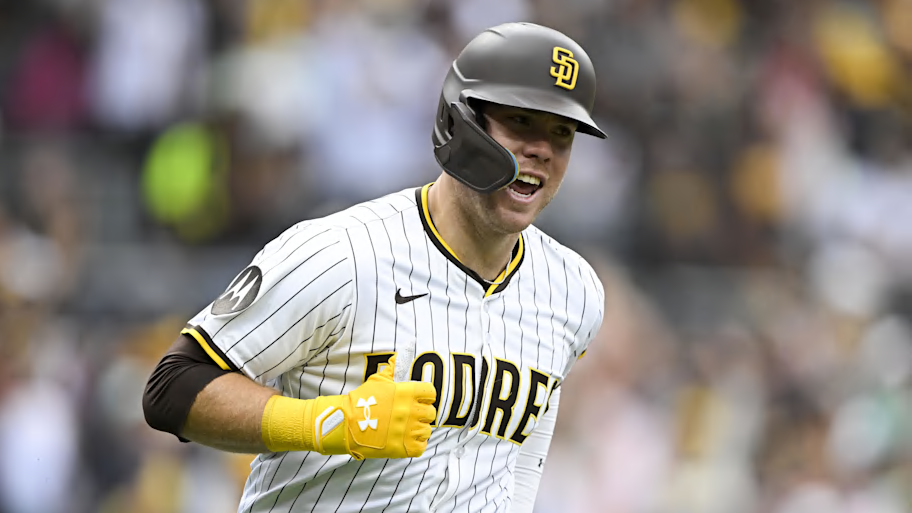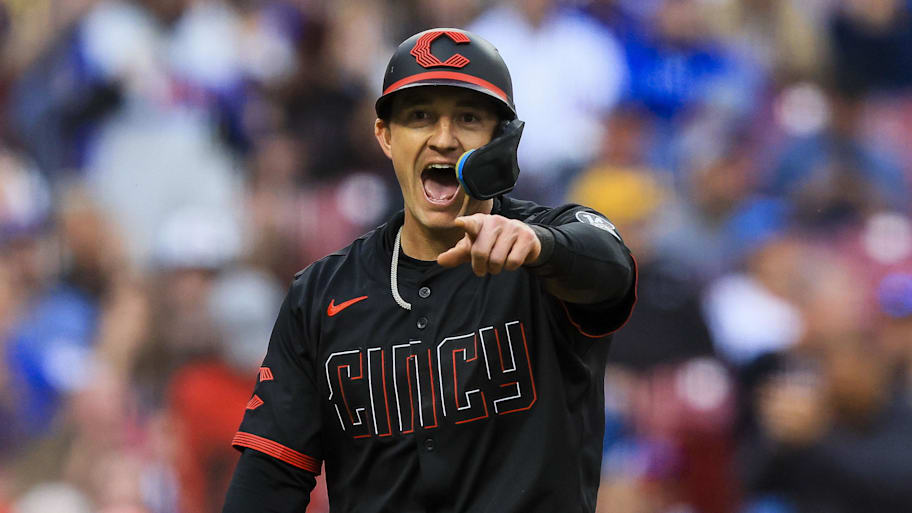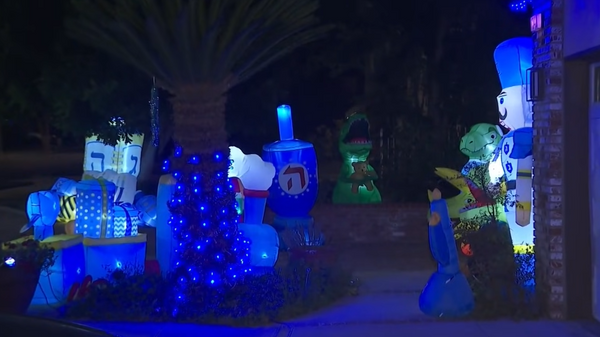
In each of the past two offseasons, a baseball player set the record for the largest contract ever signed in sports history. Shohei Ohtani and Juan Soto each landed deals worth $700 million or more, but they weren’t alone in scoring massive paydays.
Over the last two years, there have been 10 nine-figure contracts given to MLB free agents, and 18 more that cleared $50 million in guaranteed money. Many of those deals set position or team records, and that’s not even taking into account clubs handing out contract extensions to homegrown players before they’ve reached free agency.
While the big-money agreements get all the headlines, there are many more contracts that sneak under the radar that end up having significant impacts. Soto has struggled relative to his high bar of success to start his New York Mets tenure, and he’s far from the only high-priced talent off to a slow start. On the other side of the spectrum, there have been plenty of veterans who signed smaller deals that have turned out to be bargains in the early stages of the 2025 campaign.
Each of the contracts highlighted below had average annual values under $7 million. While they garnered little attention at the time, these players have already proven themselves to be steals in the early goings of the season.
All stats are through Wednesday’s games.
Carson Kelly, C, Chicago Cubs
Contract: Two years, $11.5 million
2025 stats: 128 PA, .290/.412/.589, 9 HR, 24 RBI, 24 R
A career .224 hitter with an 85 wRC+ prior to this season, Kelly has been a revelation for the heavy-hitting Cubs. His 17.2% walk rate is the fifth-highest among hitters with at least 100 plate appearances, and his nine homers in 33 games matches his total from 91 games a season ago. Kelly seemed all set to have the short half of the job share behind the plate in Chicago, with youngster Miguel Amaya getting a shot as the team’s primary backstop. Instead, both have been productive, with the pair combining to give Cubs catchers a league-best 161 wRC+.
Kelly has improved by chasing pitches out of the zone less often and pulling the ball more often, allowing him to tap into his power more effectively, setting new career bests in barrel rate, average exit velocity and hard-hit rate. Even if his role never develops into anything more than a job share, Kelly’s been key in making an already deep Cubs lineup even more dangerous.
Harrison Bader, OF, Minnesota Twins
Contract: One year, $6.25 million
2025 stats: 153 PA, .276/.359/.433, 5 HR, 21 RBI, 6 SB
It wasn’t long ago that Bader seemed poised for a big contract as a speedy impact bat with elite defense up the middle. From 2018 to ‘21 (his age 24 to 27 seasons), Bader posted a 101 wRC+ and ranked second among all center fielders in Statcast’s Outs Above Average. In the years since, Bader’s defense remained stellar, but his bat faltered. He posted a .239/.284/.360 slash line over the next three seasons, spending time with four different teams before landing in Minnesota this offseason.
So far, he’s found his footing in the batter’s box and revived his potential as an everyday player. Never a hitter with loud exit velocities, Bader has upped his walk rate to 8.5%, his highest since 2020. He’s also keeping the ball on the ground more to utilize his speed. While his quality of contact and .330 BABIP suggest that his numbers might be a bit inflated, a more disciplined, less lofty approach in the box should raise his offensive floor to something much closer to league average—which, given his outstanding defense (and low price tag), makes him a valuable piece for a surging Twins team.

Austin Hays, OF, Cincinnati Reds
Contract: One year, $5 million
2025 stats: 127 PA, .303/.346/.555, 6 HR, 15 XBH, 25 RBI, 23 R
After three years as an everyday player for the Baltimore Orioles that peaked with an All-Star nod in 2023, Hays lost his job last season and was traded at the deadline to Philadelphia, where he appeared in just 22 games before getting non-tendered in November. In his bid to regain some value, the 29-year-old is thriving in his first season in Cincinnati.
Hays has been as aggressive as ever at the plate and still whiffs plenty, with a career-high 15.6% swinging strike rate. But he’s pulling the ball more often and doing more damage as a result, with an expected slugging percentage of .509. Hays is injury prone and has already had two stints on the IL this season, but if he can find a way to stay on the field, he appears to be on track toward earning a more lucrative deal next winter.
Griffin Canning, SP, New York Mets
Contract: One year, $4.25 million
2025 stats: 11 GS, 53 IP, 5–2, 3.23 ERA, 50 K
It’s been quite a whirlwind for Canning, who last season proved capable of staying healthy by making 31 starts and logging 171 ⅔ innings for the Los Angeles Angels. They weren’t exactly what you’d call quality innings, though: His 5.19 ERA was the worst among qualified AL starters, and he also had the league’s worst strikeout rate (17.6%) and home run rate (1.63 per nine). As such, he was traded this offseason for Jorge Soler in what was essentially a salary dump for the Atlanta Braves, who subsequently non-tendered him.
That prompted the Mets to sign him, demonstrating the organization’s ability to shop in both the boutique and clearance sections with equal effectiveness. Wednesday’s lackluster outing notwithstanding, Canning has revived his career in Queens, looking like a mid-rotation stalwart who can provide valuable length for a team lacking starters who have proven capable of logging a workhorse’s share of innings. The key fix has been a pretty simple one, as Canning has upped his slider usage considerably while throwing his changeup less often. The former has been his best pitch in terms of missing bats, and the new pitch mix has allowed his sub-standard fastball to play up. Even if Canning’s production fluctuates throughout the year, his signing has been a boon for a rotation that leads the NL with a 2.91 ERA.
Gavin Sheets, DH, San Diego Padres
Contract: One year, $1.6 million
2025 stats: 185 PA, .275/.324/.509, 11 HR, 34 RBI, 23 R
Sheets spent the past two seasons toiling for the hapless Chicago White Sox, putting up a .220/.289/.346 slash line—not exactly what teams are looking for from their first base/DH types. San Diego brought him in for depth, and a big spring earned him a spot on the Opening Day roster. A pinch-hit homer in his Padres debut set the tone for what’s been a breakout season so far for the 29-year-old, who leads the team in RBI and ranks second behind Fernando Tatis Jr. in homers.
Sheets has added 1.4 mph to his average bat speed since last season, and has seen his rate of fast swings (swings at least 75 mph) nearly double. As such, he’s hitting the ball much harder than he ever has, with an average exit velocity of 92.4 mph compared to 87.8 mph in 2024. For a San Diego lineup that’s been scuffling in the middle of the pack so far, Sheets’s out-of-nowhere production has been just what the Padres have needed to keep pace in a competitive NL West.
This article was originally published on www.si.com as The Five Best Bargain-Bin Signings of MLB Free Agency.







